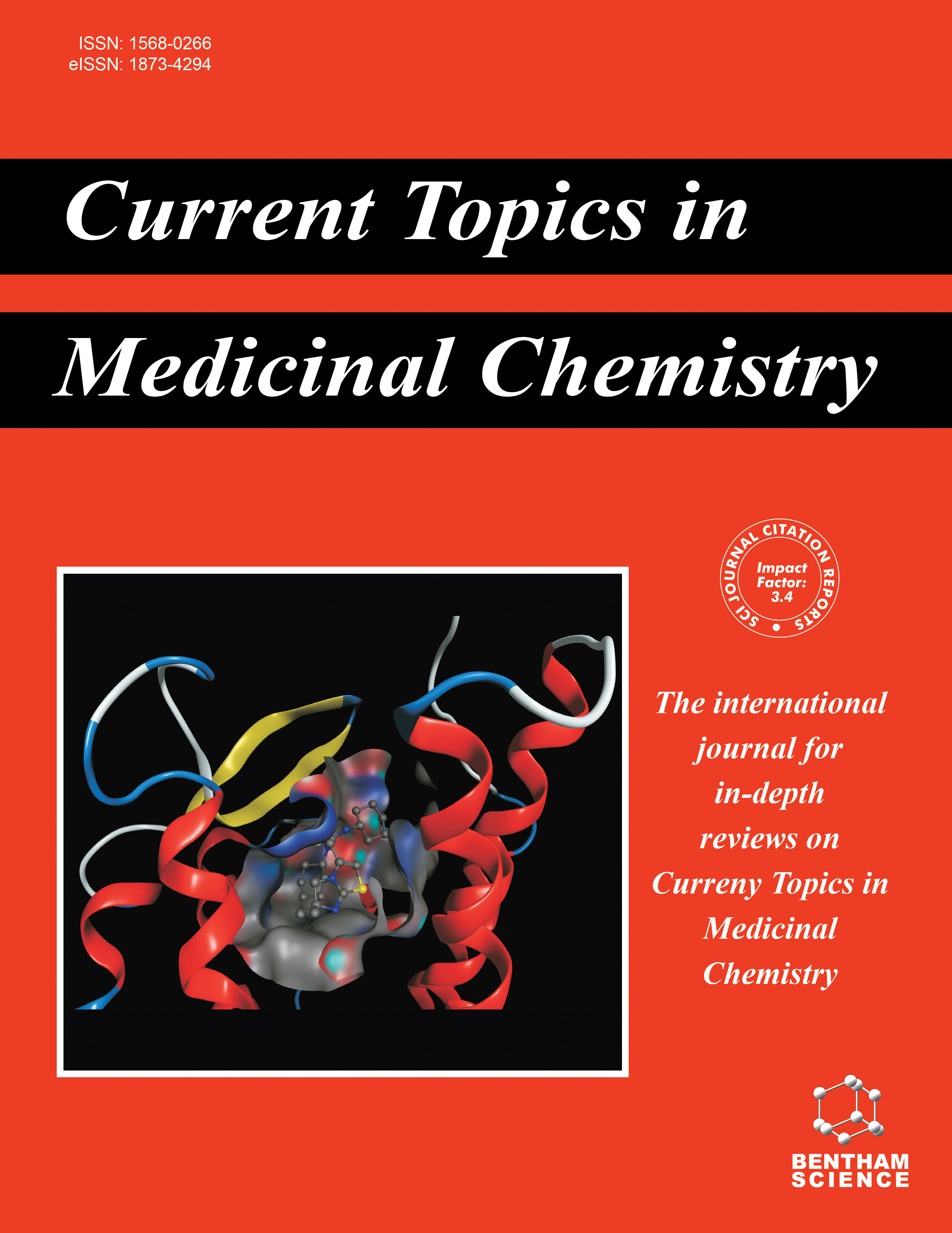
Full text loading...
Synthetic lethality represents a novel paradigm in molecular targeted cancer therapy. In synthetic lethality, perturbation of one gene alone does not hinder cell viability, yet simultaneous perturbation of both genes results in a loss of cellular viability. The presence of gene mutations in cancer cells, as opposed to normal cells, provides an opportunity for targeted therapies that mimic the effects of the second genetic mutation, enabling selective eradication of cancer cells. Recent advances in high-throughput screening technologies, such as CRISPR-Cas9 and RNA interference, have significantly enhanced the identification of synthetic lethal interactions, expanding the potential targets for therapeutic intervention. Challenges in exploiting synthetic lethality for cancer treatment include the complexities of tumor biology, limited comprehension of synthetic lethal interactions, drug resistance, and impediments in screening and clinical translation. Emerging strategies, such as combination therapies and novel drug designs, are being developed to overcome these obstacles. By virtue of its selective lethality towards cancer cells bearing specific genetic alterations, targeting synthetic lethal genes holds the promise to provide wider therapeutic windows compared to traditional cytotoxic chemotherapy. This review describes the current state of synthetic lethality applications in cancer treatment, encompassing both biological and methodological perspectives. It highlights the latest advancements in synthetic lethality with emerging interventional strategies. Furthermore, it explores future directions for research and clinical implementation, aiming to refine and expand the therapeutic potential of synthetic lethality in oncology.

Article metrics loading...

Full text loading...
References


Data & Media loading...

